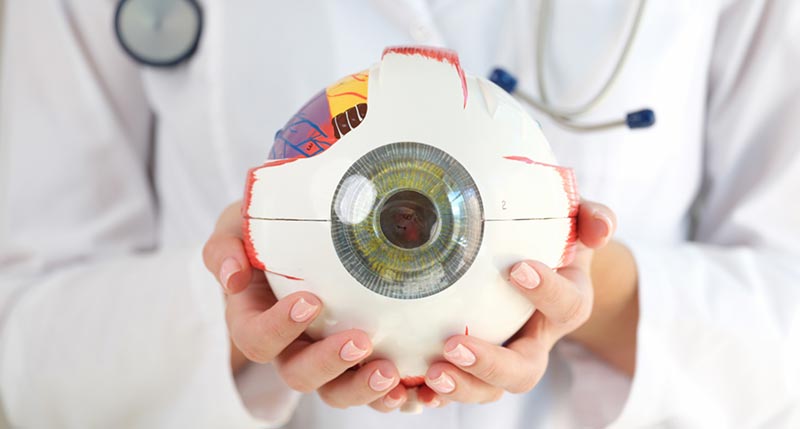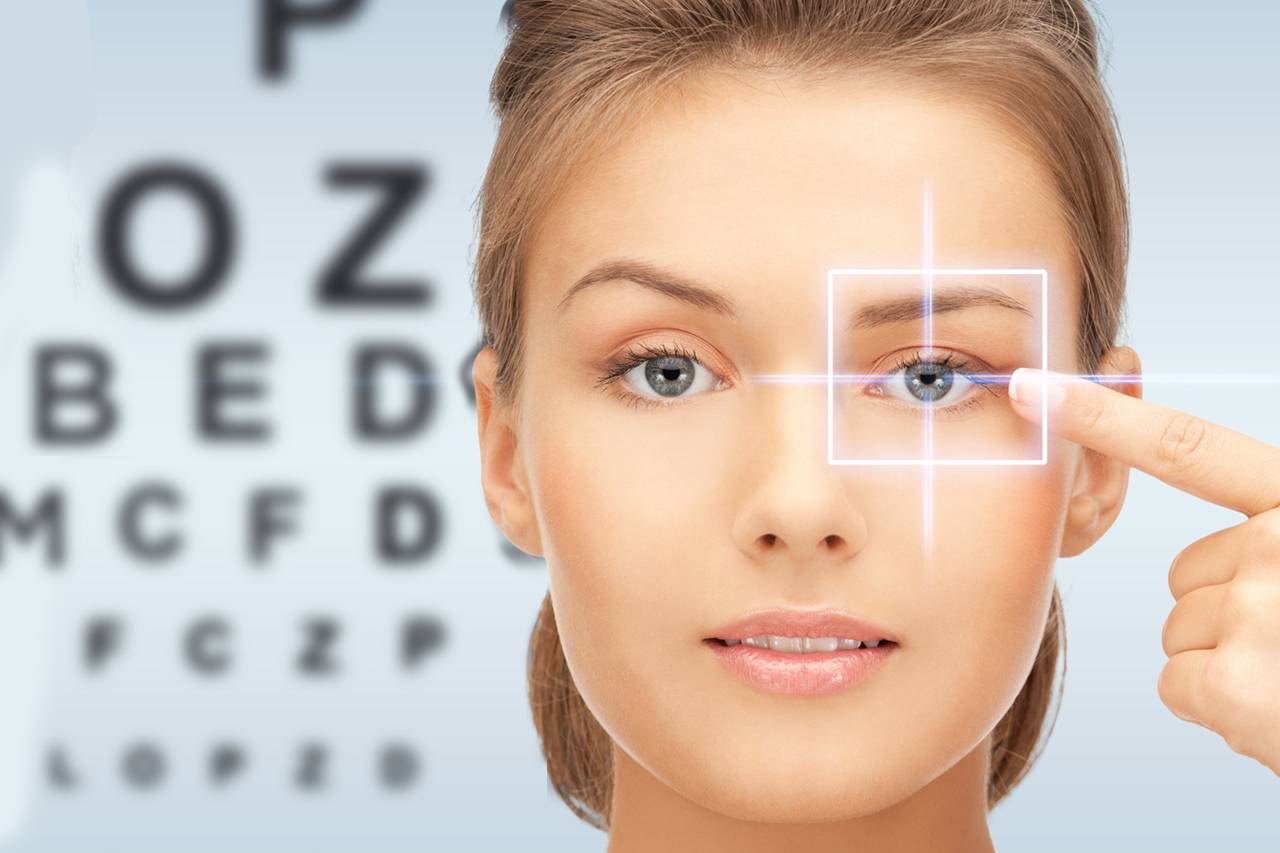The Comprehensive Eye Exam: What to Anticipate Throughout Your Visit to the Eye Doctor
A check out to the eye physician for a comprehensive eye exam is more than a routine check-up; it is an important action in guarding your aesthetic wellness. From the first conversation of your case history to the accuracy of the aesthetic skill examination, each component of the examination serves a details purpose. Yet exactly what takes place throughout the eye health and wellness assessment, and just how does it affect the prescription process? Comprehending these components is necessary for those that desire to keep optimum vision. As we explore each component, the significance of follow-up recommendations will additionally come to be clear.
First Consultation
The first examination throughout an eye exam functions as an essential structure for comprehending a patient's visual wellness requirements. This phase sets the tone for the whole evaluation procedure, allowing the optometrist to collect important details about the person's case history, lifestyle, and particular vision issues. By meticulously evaluating any type of pre-existing conditions, drugs, or previous surgeries, the eye treatment expert can customize the evaluation to resolve individual demands properly.

Moreover, the first examination is a possibility for people to voice any concerns or questions, fostering a collaborative connection with their medical care provider. This interaction not just ensures that the person really feels educated and comfortable however also encourages them to take part actively in their eye wellness administration. Collectively, these discussions enable the eye doctor to create an individualized assessment plan, ensuring optimum treatment and accurate diagnosis.
Aesthetic Acuity Examination
Beginning the core parts of an eye assessment, the aesthetic acuity examination is developed to examine the sharpness and quality of a client's vision. This essential examination helps figure out how well a person can recognize letters or symbols at a standard distance, generally using a Snellen chart (Eye Doctor Optometrist). The graph makes up rows of letters that lower in size inside out, with the patient positioned at a popular range of 20 feet
During the test, the individual is asked to cover one eye and review aloud the smallest line of letters they can see clearly. This procedure is duplicated for the other eye. The results are taped as a portion, with 20/20 vision showing normal visual acuity-- where the individual can see at 20 feet what a person with regular vision can see at that distance.
The visual skill test likewise recognizes potential refractive errors such as myopia, hyperopia, or astigmatism, which might require restorative lenses. By developing a standard of aesthetic efficiency, the examination is an indispensable diagnostic tool that aids the eye care professional in developing a suitable treatment plan tailored to the client's distinct visual requirements.
Eye Health And Wellness Evaluation
Following the visual skill test, a comprehensive eye wellness evaluation is conducted to make certain the general well-being of the eyes. This critical section of the eye exam entails an extensive evaluation of both the inner and outside frameworks of the eye.
Via the use of ophthalmoscopy or fundus photography, the retina, optic nerve, and blood vessels are diligently evaluated. In lots of instances, pupil expansion is executed to boost exposure of the interior eye frameworks, although this might result in temporary light level of sensitivity for the person.
Additionally, intraocular pressure is determined to evaluate for glaucoma threat. This is normally done making use of tonometry, which can detect elevated stress degrees that might suggest possible damages to the optic nerve. Jointly, these assessments form an extensive evaluation to preserve ocular health and wellness.
Refraction and Prescription
Just how does one ensure optimal vision? An important action exists in the procedure of why not try this out refraction and acquiring over at this website a precise prescription. Refraction is an advanced procedure carried out by eye care experts to identify the exact lens power required to fix refractive mistakes such as nearsightedness, astigmatism, presbyopia, and hyperopia. The goal of this treatment is to analyze just how light bends as it goes through the eye, permitting the expert to establish whether restorative lenses are essential for boosted visual acuity.
During the refraction procedure, the patient is asked to check out a phoropter, a device which contains various lenses. The expert will methodically change these lenses and ask the individual to compare quality in between alternatives until the very best possible vision is accomplished. This treatment is vital in crafting an accurate prescription that defines the appropriate lens power for spectacles or contact lenses.
The prescription stemmed from this procedure not only maximizes vision yet additionally works as a structure for picking ideal restorative glasses. It is vital to guarantee that prescriptions are routinely upgraded, as modifications in vision can happen with time, emphasizing the significance of regular eye evaluations. This thorough attention to information helps preserve clear, comfy vision in day-to-day live.
Follow-Up Recommendations

Throughout a follow-up visit, the eye medical professional will certainly perform a collection of tests to evaluate visual skill and look for any type of adjustments in vision that may necessitate an upgrade to the prescription. Additionally, the follow-up provides a possibility to review any pain or concerns experienced with present eyewear. Changes can be made to make sure comfort and efficacy, whether through lens alteration or framework changes.
For patients with recurring problems such as glaucoma, diabetes-related eye issues, or macular degeneration, even more regular follow-ups may be required. These consultations are critical for managing and potentially reducing the progression of eye disease. Following these referrals can considerably contribute to maintaining aesthetic health and protecting against long-term issues.
Conclusion
The thorough eye examination is an important process for preserving aesthetic wellness, incorporating a detailed assessment of medical history and vision concerns. Key components include the visual skill test, which assesses vision clearness, and the eye wellness evaluation, which takes a look at the general condition of the eyes.
A check out to the eye physician for a detailed eye test is even more than a routine exam; it is a crucial step in safeguarding your aesthetic wellness.Kicking off the core elements of an eye evaluation, the visual skill examination is developed to evaluate the sharpness and quality of a person's vision.Complying with the visual skill test, an extensive eye health analysis click now is performed to make sure the overall health of the eyes. These gos to allow the eye treatment expert to keep an eye on changes in vision, upgrade prescriptions, and examine the general health of the eyes. Key elements include the aesthetic acuity examination, which reviews sight quality, and the eye health analysis, which takes a look at the general problem of the eyes.